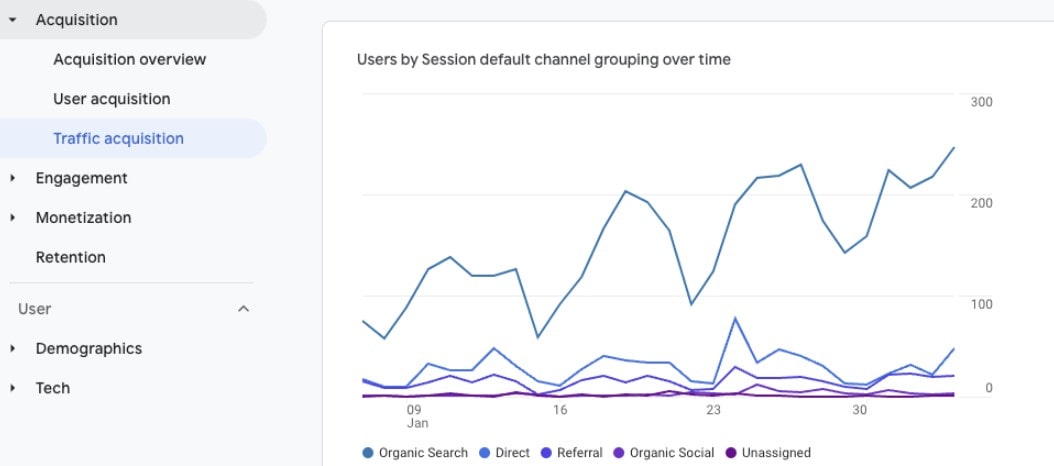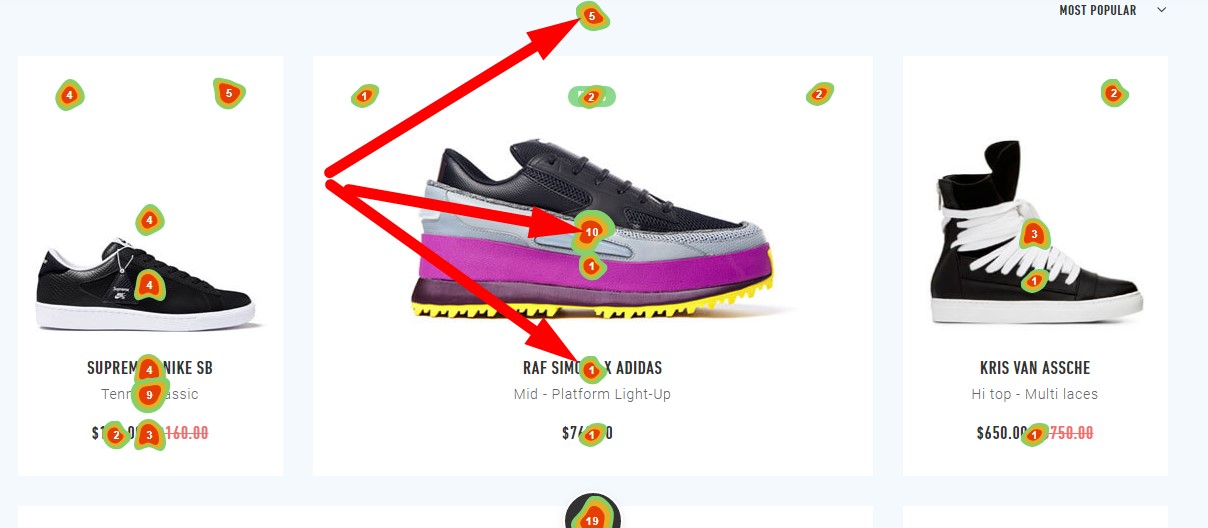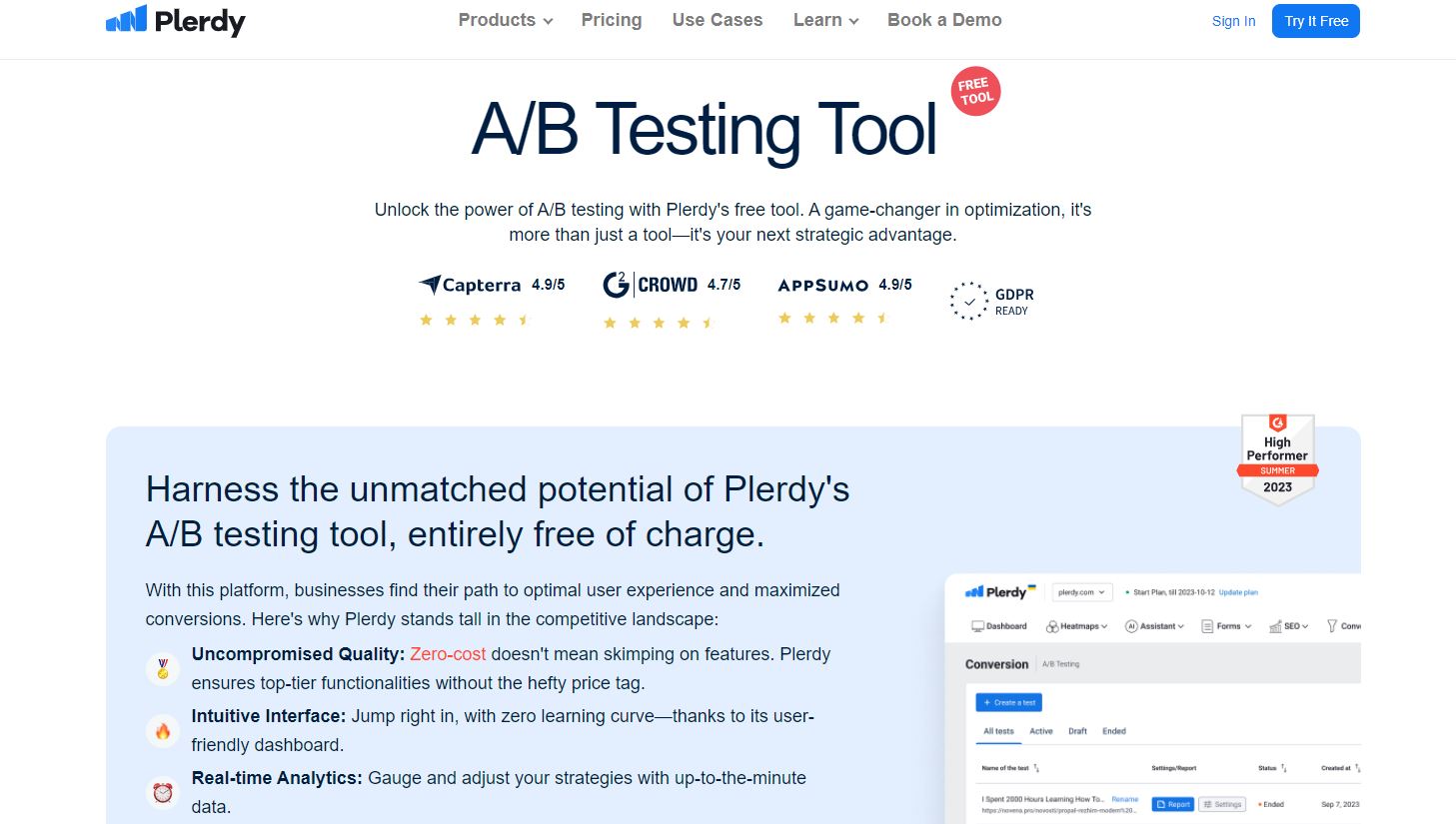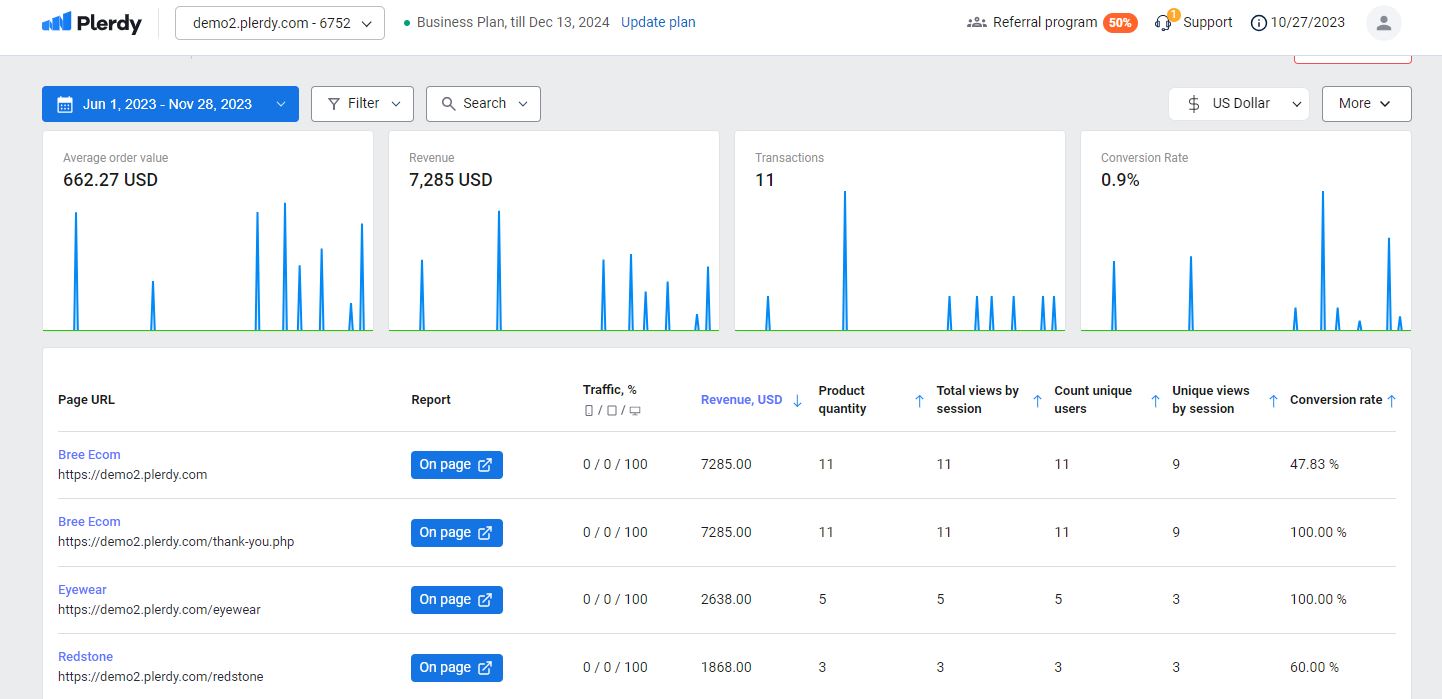In the digital landscape, ‘growth hacking’ has emerged as the buzzword for brands aiming to skyrocket their market footprint with minimal expense. This phenomenon intertwines creative marketing strategies with the prowess of analytical thinking to fuel the growth engines of startups and established companies alike. Mastering growth hacking means leveraging every tool, strategy, and innovative idea to drive growth relentlessly.
Here’s what growth hacking encompasses at its core:
- Agile methodologies to spur rapid user acquisition
- Data-driven tactics to optimize retention
- Scalable and repeatable strategies for sustainable growth
- Ingenious product development aimed at fostering user engagement

Embedding growth hacking into your business approach is less about a single hack; it’s a mindset. By synthesizing user behavior analytics, digital marketing finesse, and product development savvy, growth hacking transcends traditional growth avenues and discovers untapped opportunities.
Yet, this intricate tapestry of techniques doesn’t come together without a hitch – it demands constant tinkering, testing, and refining. That’s where tools like Plerdy step in, offering an edge in conversion rate optimization (CRO) and user experience (UX), integral cogs in the growth hacking machine. Ready to inject your strategy with a potent dose of growth hacking? Embrace the Plerdy platform and witness your growth metrics take flight.
Definition of Growth Hacking
Growth hacking fuses the ingenuity of hacking with the expansive nature of growth to propel businesses forward. Rooted deeply in digital marketing, it prioritizes rapid scalability over traditional marketing methods. Growth hackers, experts in this fusion, don’t just market a product – they dive deep into product development, engineering, and analytics to uncover innovative strategies to spur exponential growth. Consider how streaming services leverage unique user data to refine content suggestions or how eco-friendly startups amplify growth by tapping into community-driven campaigns.
Some standout features of growth hacking include:
- A relentless focus on growth-driven metrics and KPIs.
- Seamlessly integrating marketing strategies with product functionality.
- A persistent knack for experimentation, always aiming for higher engagement and retention.
While marketing paints the broader picture, growth hacking narrows it down, pinpointing actionable steps that result in tangible expansion. The Spotify playlist recommendation engine, for instance, isn’t just about sharing music – it’s a strategic growth hack. It keeps users engaged by offering tailored tracks, subtly nudging them to spend more time on the platform. This crossroads of growth, hacking, and marketing is where businesses find unprecedented acceleration, leaving competitors in the dust.
In essence, growth hacking isn’t just about hacking for short-lived buzz or solely leaning on conventional marketing. It’s the art and science of strategically blending both to achieve unmatched growth.
Key Principles of Growth Hacking

Growth hacking stands out as an exhilarating intersection of growth and marketing, pushing businesses to innovate at breakneck speeds. At its core, this strategy zeros in on smart, resourceful ways to scale up without getting bogged down by traditional marketing approaches.
Several key principles underpin the art of growth hacking:
- Data-driven decisions: Instead of shooting in the dark, growth hackers harness analytics to pinpoint what works. Think of how e-commerce giants tailor recommendations, amplifying sales through data insights.
- Agile experimentation: In the realm of growth hacking, stagnation is the enemy. Constantly tweaking and testing approaches ensures brands remain dynamic and responsive. For instance, social media platforms frequently roll out features, gauge user response, then refine based on feedback.
- Leveraging existing networks: Rather than building from scratch, hacking zeroes in on tapping into pre-existing platforms. Take how early-stage apps often piggyback on larger platforms to drive user sign-ups.
- Viral loops and referrals: Growth isn’t left to chance. By creating compelling incentives for users to spread the word, businesses ensure organic growth. Fitness apps, for instance, often incentivize user referrals by offering premium features or extended trial periods.
Growth hacking, with its ingenious blend of growth and marketing, paves the way for brands to leapfrog competitors and engrain themselves in consumer consciousness. It’s not just about sporadic bursts of attention – it’s a meticulous strategy, built on foundational principles, designed to ensure sustained, explosive growth.
The Growth Hacker’s Mindset
Growth hackers are innovators at the intersection of growth, hacking, and marketing. These individuals don’t just adapt to the digital landscape; they mold it, leveraging every opportunity to amplify their brand’s footprint. Their mindset is a tapestry woven with threads of innovation, resilience, and relentless ambition.
Here’s a peek into the psyche of a growth hacker:
- Unyielding Focus on Growth: Every decision circles back to growth. When a tech startup bursts onto the scene with a feature that suddenly becomes indispensable, you can bet a growth hacker fueled that ignition.
- Harnessing Resources: Instead of throwing money at problems, they dig deep, find creative shortcuts, and optimize every marketing avenue.
- Tireless Experimentation: Rejecting the status quo, they test, tweak, and turn strategies on their head to see what sticks. Ever notice how some brands revamp their online interfaces to keep users engaged? That’s growth hacking at play.
- Data Devotion: They’re not swayed by hunches. A growth hacker leans into metrics, letting numbers guide the narrative.
Growth hackers create methods that ripple across the digital ocean by combining growth, hacking, and marketing. Their mindset isn’t just about thinking outside the box; it’s about redefining the box altogether.
Notable Tools and Techniques

In the high-octane universe where growth, hacking, and marketing converge, an arsenal of cutting-edge tools and techniques powers the engine. These are not mere frills; they’re pivotal gears that drive the momentum, shaping strategies and turbocharging execution. Adept growth hackers master these instruments, weaving them seamlessly into their playbook.
Here’s a snapshot of the standout tools and techniques:
- Plerdy: Plerdy is an analytics and conversion optimization tool. It helps track user behavior, analyze data, and boost website performance for growth hacking strategies.
- Analytics Platforms: Instruments like Google Analytics or Mixpanel lay bare the data landscape, illuminating pathways for growth. E-commerce brands, for example, leverage these to fine-tune customer journeys, ensuring smoother checkouts and boosted sales.
- Automation Powerhouses: Tools such as Zapier or Integromat automate tasks across platforms, orchestrating symphonies of efficiency in marketing campaigns.
- A/B Testing Suites: Platforms like Optimizely facilitate split-testing, allowing marketers to pin down what resonates. SaaS companies, for instance, might test varied landing page designs, discerning which one pulls in more subscribers.
- Referral Engines: Techniques that incentivize word-of-mouth, such as referral programs, can supercharge growth. Fitness apps often reward users with extended premium access for every successful referral.
Armed with these tools and techniques, growth hackers dismantle barriers, sculpting campaigns that transcend traditional marketing confines. By intertwining growth and hacking methodologies, they foster environments where brands don’t just thrive; they dominate. The fusion of growth, hacking, and marketing might seem intricate, but with the right tools, it transforms into a symphony of success.
Harnessing Analytical Tools and Dashboards for Growth Hacking
Growth, hacking, and marketing are fast-paced, so analytical tools and dashboards guide you. These platforms aren’t mere niceties; they’re indispensable assets, shaping the trajectory of growth-driven initiatives. By leveraging these tools, growth hackers transform raw data into actionable insights, optimizing every facet of their marketing campaigns.
Key assets lighting the way include:
- Google Analytics: A stalwart in the analytical arena, this tool offers a panoramic view of user interactions. Fashion brands, for instance, tap into user behavior metrics to optimize their product display and drive sales.
- Tableau: By turning data into visually engaging charts, Tableau lets marketers identify patterns and outliers, driving data-backed decisions.
- Mixpanel: Beyond mere page views, Mixpanel drills down into user actions, a favorite for mobile apps aiming to enhance user engagement.
- Data Studio: Synthesizing data from multiple sources, this dashboard crafts comprehensive reports, facilitating sharper growth strategies.
Harnessing the power of these analytical platforms, growth hackers distill the essence of vast data sets, crafting strategies that resonate. Grow, hack, and market may seem complicated, but with powerful analytical tools, it becomes a graceful ballet. And in this dance, data doesn’t just talk; it sings, guiding brands towards unparalleled success.
Igniting Growth: Leveraging Viral Mechanisms and Referral Programs
In the adrenaline-fueled rush of growth hacking, viral mechanisms and referral programs stand out as prime accelerators. These strategies catalyze user growth through word-of-mouth and peer-influenced dynamics, turning customers into active promoters of your brand.
Consider the explosive growth of a fitness app that rewards users with free premium access for each friend they sign up or a finance tool that credits users’ accounts with cash for every referral. These tactics are not just about creating buzz; they’re about structuring growth hacking into the very fabric of the product experience.
Successful viral and referral programs include:
- Incentives aligned with user interests, sparking organic shares
- Seamless sharing features integrated within the product
- Real-time tracking to measure referral impact and optimize accordingly
Leveraging these strategies requires a keen understanding of user motivations and market trends. A clothing retail app might explode in popularity with shareable style challenges, while a B2B service could scale rapidly with a referral system rewarding users with extended service features or upgrades.
The success of growth hacking through these methods lies in their ability to turn each user into a node of growth potential, amplifying your reach exponentially. And remember, as you unlock the full potential of referral programs and viral mechanisms, it’s the meticulous crafting of the user journey—driven by a relentless pursuit of growth—that separates standout growth hackers from the pack.
A/B Testing: The Backbone of Growth Hacking Optimization

Within growth, hacking, and marketing, A/B testing is crucial to decision-making. It’s the process by which digital alchemists sift through alternatives, zeroing in on gold-standard strategies that resonate with audiences. By pitting one variant against another, growth hackers pinpoint what ticks, turning marketing endeavors from hopeful shots in the dark into laser-focused beams of success.
Crucial elements in this optimization odyssey:
- Landing Page Variants: Swapping out headlines, CTAs, or even imagery can drastically alter conversion rates. E-commerce sites, for instance, often tinker with button colors to gauge which hue prompts more clicks.
- Email Campaigns: Tweaking subject lines or call-to-action placements can spell the difference between an open and a pass. Subscription boxes nail this, experimenting with personalized versus generic greetings.
- Ad Visuals and Copies: Rotation between diverse ad creatives identifies performance champs. Travel agencies might alternate between beach and mountain imagery to detect which draws more wanderlust.
- User Flow Paths: By mapping different navigational paths, platforms optimize user experience. Digital banks, adjusting onboarding processes, exemplify how smoother flows elevate user retention.
Harnessing A/B testing, growth hackers fine-tune the symphony of their marketing campaigns. Every tweak, alteration, or revamp is grounded in data, ensuring that every growth and hacking maneuver is intentional and impactful. As brands navigate the intricate dance of marketing, A/B testing serves as their compass, leading them to optimization excellence.
Scaling Success: Automation Tactics in Growth Hacking
In the high-stakes pursuit of growth hacking, the power of automation stands unmatched as a catalyst for scaling ventures. By deploying automation tactics, growth hackers can magnify their reach, personalize user experiences, and unleash a cascade of growth opportunities without a proportional increase in effort or resources.
Take the SaaS industry, where automated onboarding processes have redefined user engagement, or the e-commerce space, where personalized product recommendations engine drives sales. These innovations embody the essence of growth hacking – they’re calculated, efficient, and aggressively geared towards exponential growth.
Key automation tactics that exemplify growth hacking include:
- Email Sequences: Triggered communications based on user behavior
- Social Media Scheduling: Consistent content delivery to boost engagement
- Lead Scoring: Algorithmic evaluation to prioritize high-potential leads
- Chatbots: Providing real-time customer service and sales support
Each strategy interlocks to form an automated growth hacking framework that operates round the clock. Picture an educational platform where lead scoring filters out the most engaged users for targeted campaigns, or a health-tech app where chatbots deliver personalized workout tips, driving user retention and upsells.
Such tactical automation harnesses data, refines targeting, and personalizes interactions to a degree that manually would be insurmountable. With every automated step, growth hackers ensure that the scale of their growth strategies matches the pace of their ambitions, propelling brands forward with unmatched velocity and precision.
The Process of Growth Hacking

In the intersection of growth, hacking, and marketing, a new method redefines brand expansion. Growth hacking isn’t just about quick fixes or shortcuts. It’s an evolving strategy, intertwining marketing genius with tech-savvy innovations. Every step in this process is deliberate, designed to catapult a brand into the spotlight.
Consider this breakdown of the growth hacking journey:
- Idea Inception: Rooted in a deep understanding of market dynamics. For instance, a health-tech app identifying gaps in remote consultation services.
- Strategic Execution: Leveraging data-driven marketing to target the right audience. Think of an eco-friendly brand reaching out to green influencers for collaborations.
- Rapid Prototyping: Quick roll-outs followed by swift iterations based on feedback. A food delivery service, for instance, launching a beta version in a college town before going national.
- Feedback Loop: Continuously refining marketing campaigns based on real-time data. Picture a travel agency tweaking vacation packages based on traveler reviews.
Growth hacking, at its core, hinges on agility and adaptability. It’s about seizing opportunities in the vast marketing landscape, turning them into golden touchpoints. As brands navigate the ever-evolving seas of marketing, growth hacking offers a compass – pointing out the most promising routes to success. It’s the modern-day roadmap for businesses aiming to make a splash, without getting drenched in competition.
Identifying the Growth Channels
In the busy convergence of growth, hacking, and marketing, finding the correct channels is vital for brand growth. It’s not just about casting a wide net but knowing precisely where to throw it. The beauty of growth hacking lies in its surgical precision, ensuring that marketing resources yield the maximum impact.
Dive into some specific niches to understand this:
- E-commerce: Harnessing the power of influencer marketing and affiliate programs, while also optimizing the buyer’s journey with growth-driven design strategies.
- EdTech Platforms: Leveraging content marketing by offering free courses or webinars, then funneling users into premium offerings with email marketing campaigns.
- Fitness Apps: Capitalizing on social media marketing with user-generated content – success stories, workout challenges, or meal prep ideas.
- SaaS Startups: Using referral marketing to incentivize existing users to bring in more subscribers, coupled with retargeting ads for those who’ve shown interest but didn’t convert.
Cracking the code to identify growth channels isn’t a one-size-fits-all approach. It’s an art, painting a brand’s narrative across the vast marketing canvas. While the path might differ, the destination remains the same for all brands: to thrive, to dominate, and to resonate in the hearts and minds of their audience. And with the right blend of growth, hacking, and marketing, they’ll not only reach – but exceed – their wildest aspirations.
Developing and Testing Hypotheses
At the heart of growth hacking lies the critical process of developing and testing hypotheses. This iterative cycle is the growth hacker’s blueprint for uncovering strategies that can catapult a brand’s growth trajectory. The approach is systematic yet adaptable, requiring a concoction of creativity and analytical thinking unique to growth hacking.
To break down the approach:
- Craft a hypothesis based on insights from data analytics and user feedback.
- Experiment to verify your growth-focused projections.
- Execute tests with precision, ensuring that each variable is meticulously measured.
- Analyze the results to confirm or refute your growth hypothesis.
In the mobile app sector, for instance, a growth hacker might hypothesize that a new feature will increase user engagement. A test could involve a controlled rollout to a segment of users, monitoring engagement metrics for significant variances. Similarly, an e-commerce brand might experiment with checkout process simplifications to boost conversion rates.
Developing and testing hypotheses is a relentless quest to find the most potent growth levers. By continuously cycling through this process, growth hackers distill their strategies into a potent formula for sustainable growth. This methodical approach ensures that growth hacking efforts are not shots in the dark but are rather informed gambles with the odds meticulously tilted in their favor.
Implementing and Measuring
In the crucible of growth hacking, the transition from theory to action—implementing and measuring—is where the rubber meets the road. A growth hacker thrives on applying innovative strategies and rigorously gauging their effectiveness, ensuring that every move is purpose-driven and results-oriented.
Here’s how the cycle typically unfolds:
- Roll out the growth tactic with clear objectives in mind.
- Monitor key performance indicators to track immediate impact.
- Collect data to gauge the effectiveness of the growth intervention.
In the B2B software niche, this might look like introducing a referral program and watching sign-up rates. For an online retailer, it could involve deploying targeted discount campaigns and tracking conversion rate fluctuations. These slices of the growth hacking process are critical in determining whether strategies will scale or need recalibration.
Every step in implementation is matched by meticulous measurement, ensuring that growth hacking is not a one-off event but a continuous loop of learning and optimizing. This data-driven approach fuels informed decisions, pushing the envelope on what’s possible in driving exponential growth. Through this lens, growth hacking is both a discipline and an art, blending the boldness of innovative implementation with the precision of empirical measurement.
Iterating and Refining
Growth, hacking, and marketing revolve around continuous improvement. Brands that embrace iterative cycles—making tweaks, gauging results, then circling back to refine—are those that stand out and shine.
Examples across diverse sectors include:
- Fashion E-Commerce: Launch a personalized recommendation engine. Measure its influence on sales, then refine based on user feedback to amplify growth.
- Tech Startups: Introduce features driven by user requests. Track adoption rates and user satisfaction. Later, implement refinements that cater to user demands, propelling both growth and user loyalty.
- Subscription Boxes: Offer limited-edition themed boxes. Post-launch, assess subscriber reactions and retention, and pivot based on the insights.
Harnessing growth, hacking, and marketing to fuel this iterative process helps businesses stay nimble—adapting swiftly to shifts in the market or user behavior. While every venture into the marketplace is a calculated risk, those committed to ongoing refinement optimize their odds of success. Riding the waves of marketing insights and hacking solutions, they manage to find the ideal route to sustainable growth. This approach, characterized by adaptability, ensures that brands remain not just relevant but also resonant with their target audience.
Potential Challenges and Criticisms
Exploring growth, hacking, and marketing shows that every promising technique has its drawbacks. As brands hustle to innovate and lead, they often grapple with unseen roadblocks and face pointed criticisms.
Here’s a snapshot of the hurdles:
- Short-Term Focus: Many growth hacking techniques prioritize quick wins, which might not yield long-term stability or loyalty. A mobile app, for instance, might spike in downloads after a hacking strategy but could face declining user engagement if the marketing isn’t sustained.
- Ethical Quandaries: Some hacking techniques toe the line between aggressive marketing and invasion of privacy. Data collection methods, especially in the digital marketing space, sometimes spark concerns about user consent and data security.
- Resource Drain: While aiming for exponential growth, companies might overextend – pouring resources into tactics that don’t align with their brand ethos. A startup, focusing heavily on viral marketing, might neglect core product development.
Despite these pitfalls, when growth, hacking, and marketing align synergistically, the results can be transformative. Still, it’s crucial for businesses to be mindful, balancing ambition with ethics, and ensuring that while they shoot for the stars, they remain grounded in strategy and integrity.
Integration with Traditional Marketing

Growth, hacking, and marketing must be integrated with traditional marketing approaches in the digital age. Businesses striving for robust brand presence have found that blending the agility of hacking with the authenticity of traditional strategies packs a powerful punch.
Consider these scenarios:
- Billboards and QR Codes: Traditional outdoor advertising steps into the digital realm when accompanied by QR codes. A fashion brand can launch a billboard, urging passersby to scan the code, leading them to an exclusive online sale, harmoniously merging growth tactics with classic marketing.
- Direct Mail and App Promotion: Remember the days when postcards and letters filled mailboxes? Now, companies send out personalized cards offering incentives for downloading their app, a clever spin that ties the tactile sensation of direct mail with the immediacy of hacking for app growth.
- Events and Digital Engagement: Hosting an event? Why not intertwine it with a digital contest? Attendees can engage in live-tweets, stories, or shares, bringing together the physical engagement of events with the viral potential of digital marketing strategies.
Fusing the creative roots of traditional marketing with the metrics-driven approaches of growth and hacking can yield results that neither could achieve independently. Such synergy doesn’t just expand brand reach—it deepens connections, ensuring a brand doesn’t just flash and fade but instead, builds a lasting legacy in its industry.
The Role of AI and Machine Learning
In today’s digital landscape, AI and machine learning dramatically reshape growth, hacking, and marketing practices. These technologies, with their data-crunching capabilities, drive marketing strategies with precision, ensuring more efficient outcomes.
Key applications include:
- Personalized Content Delivery: AI algorithms analyze user behavior to serve tailored content. For instance, streaming platforms suggest shows based on viewer history, enhancing user engagement through targeted marketing.
- Chatbots and Customer Service: By employing AI-driven chatbots, businesses automate responses, guiding users and fostering growth without human intervention.
- Predictive Analysis: Machine learning dives deep into customer data, identifying patterns that might elude human analysts. E-commerce platforms, for example, use this to anticipate product demand, optimizing stock and marketing strategies.
- Optimizing Ad Campaigns: Instead of throwing everything against the wall and hoping something sticks, AI refines ad targeting. This ensures marketing budgets yield better returns, an essential tool in the hacking playbook.
Modern firms boost growth and marketing with AI and machine intelligence, setting new industry standards. These technologies are essential to growth, hacking, and marketing, paving new avenues.
Conclusion
Growth hacking transcends traditional marketing, breaking barriers and setting new benchmarks for what it means to elevate a brand. This journey through the key principles and techniques of growth hacking has shed light on the sheer potential of combining creativity with analytical prowess. Our goal—foster a mindset where growth is not just an objective; it’s an integral part of our team’s DNA.
In this vein, consider Plerdy—an SEO & UX analysis tool that’s become an invaluable asset for teams dedicated to refining websites to perfection.
- Drive growth through insightful SEO analysis
- Optimize user experiences with actionable UX feedback
- Utilize Plerdy’s video reviews to improve your service pages
- Benefit from the data to iterate and bolster your growth strategies
We’ve seen companies like Airbnb and Dropbox pivot from humble beginnings to industry giants, all through the laser-focused application of growth hacking. They inspired startups and big companies to consider scaling.
By leveraging tools like Plerdy, you’re not just tracking growth—you’re actively nurturing it. Your team will have the capabilities to answer key user behavior questions, align content with user intent, and sustain growth through informed decisions.
We appreciate your participation in this growth hacking deep dive. Now, take these insights, harness Plerdy’s power, and carve out your own growth story. Let’s continue to push the envelope and share our triumphs. Ready to turn these principles into action? Visit Plerdy and start your journey to exponential growth today.
